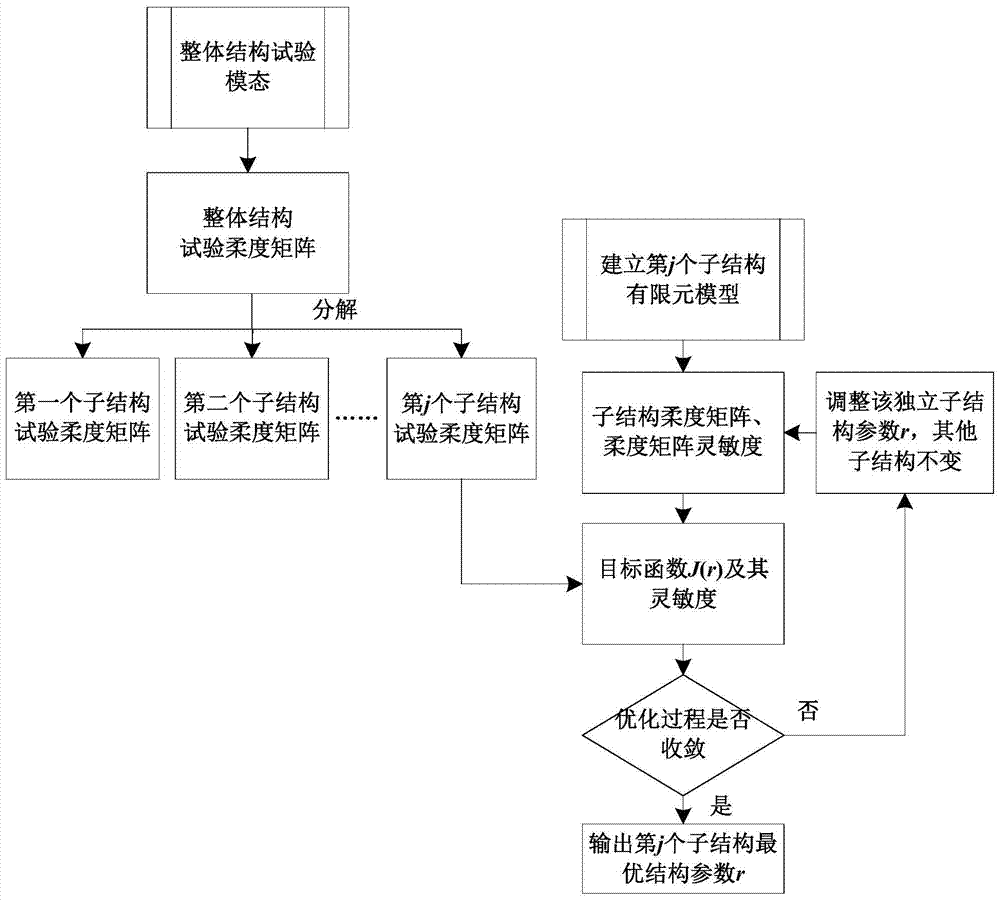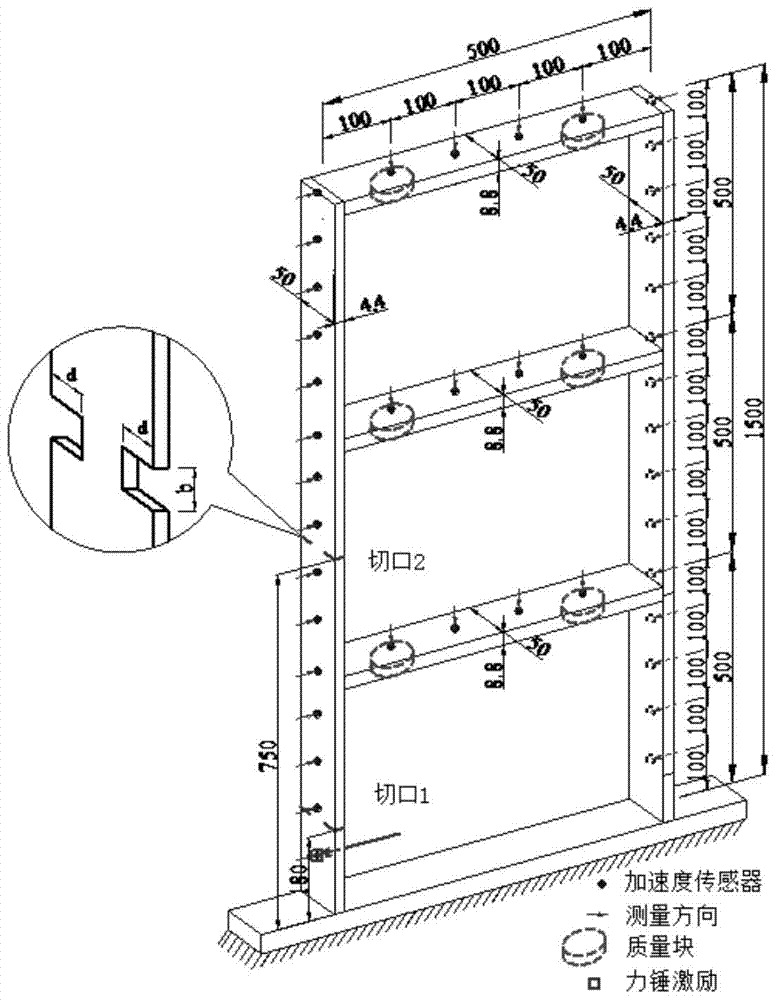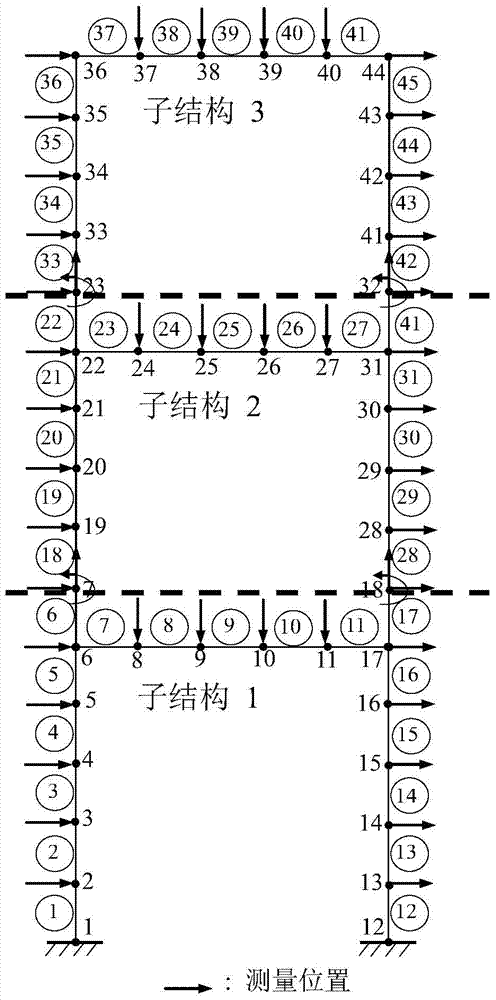A Finite Element Model Modification Method Based on Inverse Substructure
A technology of model correction and substructure, which is applied in the fields of instrumentation, computing, and electrical digital data processing, etc., and can solve problems such as difficult to accurately reflect the model, large and slow system matrix size, etc.
- Summary
- Abstract
- Description
- Claims
- Application Information
AI Technical Summary
Problems solved by technology
Method used
Image
Examples
Embodiment Construction
[0068] In order to make the object, technical solution and advantages of the present invention clearer, the present invention will be further described in detail below in conjunction with the accompanying drawings and embodiments. It should be understood that the specific embodiments described here are only used to explain the present invention, not to limit the present invention. In addition, the technical features involved in the various embodiments of the present invention described below can be combined with each other as long as they do not constitute a conflict with each other.
[0069] The specific implementation process of the present invention is as follows figure 1 Shown: First, the overall structure test compliance matrix is extracted from the overall structure test mode; then, the overall structure test mode is decomposed into independent substructures by establishing the connection between the overall structure test compliance matrix and the substructure test co...
PUM
 Login to View More
Login to View More Abstract
Description
Claims
Application Information
 Login to View More
Login to View More - R&D
- Intellectual Property
- Life Sciences
- Materials
- Tech Scout
- Unparalleled Data Quality
- Higher Quality Content
- 60% Fewer Hallucinations
Browse by: Latest US Patents, China's latest patents, Technical Efficacy Thesaurus, Application Domain, Technology Topic, Popular Technical Reports.
© 2025 PatSnap. All rights reserved.Legal|Privacy policy|Modern Slavery Act Transparency Statement|Sitemap|About US| Contact US: help@patsnap.com



